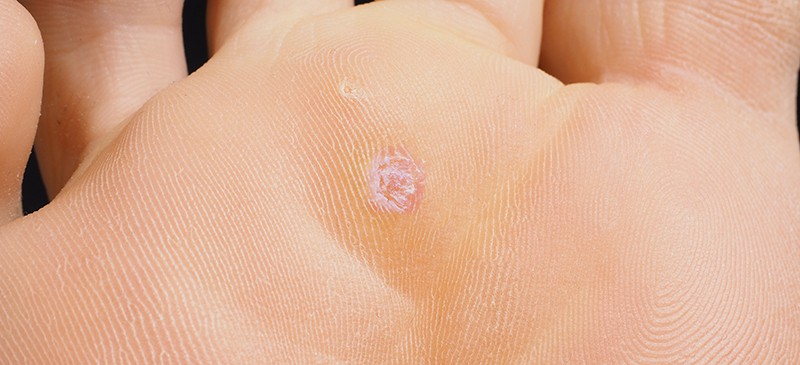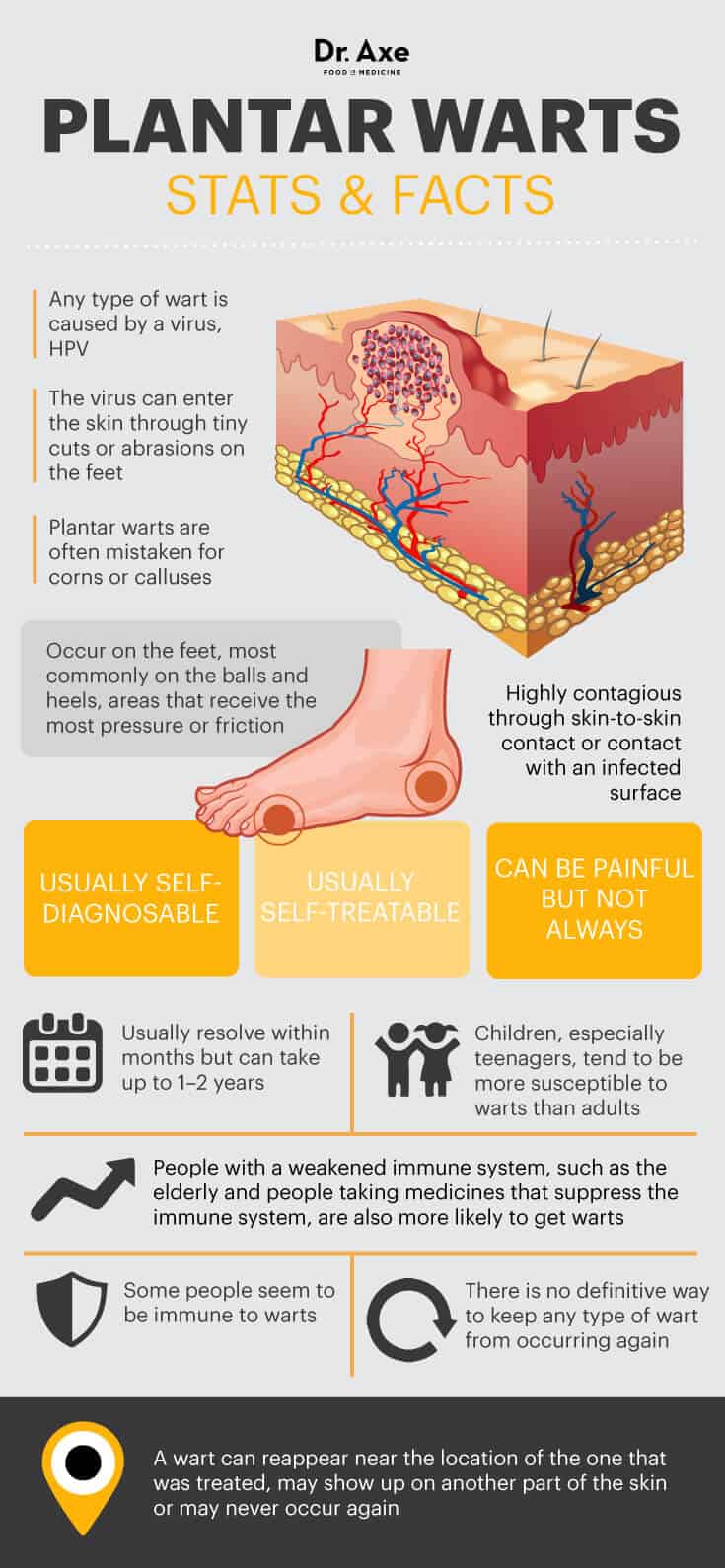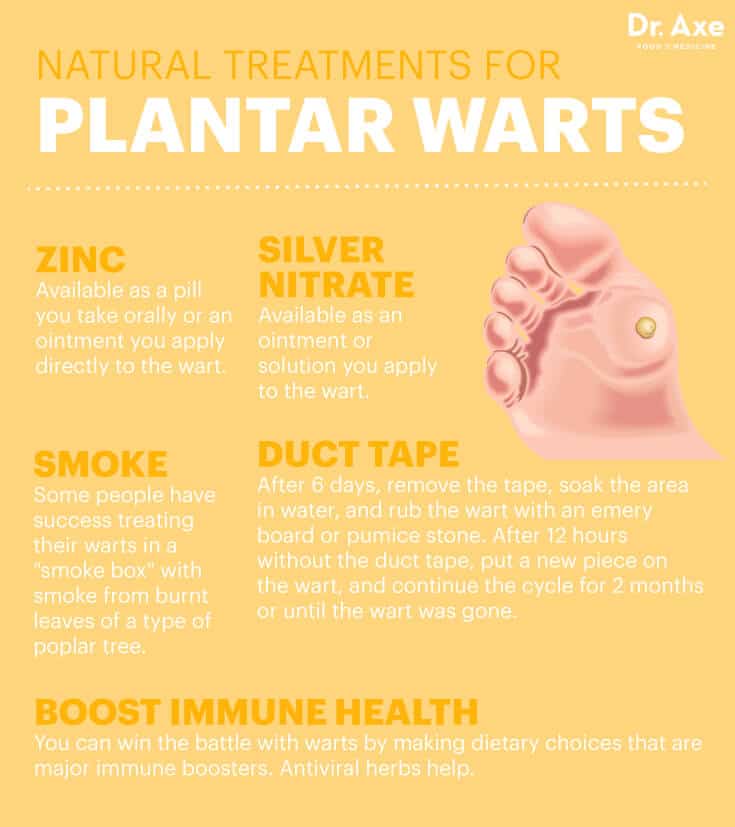This Dr. Axe content is medically reviewed or fact checked to ensure factually accurate information.
With strict editorial sourcing guidelines, we only link to academic research institutions, reputable media sites and, when research is available, medically peer-reviewed studies. Note that the numbers in parentheses (1, 2, etc.) are clickable links to these studies.
The information in our articles is NOT intended to replace a one-on-one relationship with a qualified health care professional and is not intended as medical advice.
This article is based on scientific evidence, written by experts and fact checked by our trained editorial staff. Note that the numbers in parentheses (1, 2, etc.) are clickable links to medically peer-reviewed studies.
Our team includes licensed nutritionists and dietitians, certified health education specialists, as well as certified strength and conditioning specialists, personal trainers and corrective exercise specialists. Our team aims to be not only thorough with its research, but also objective and unbiased.
The information in our articles is NOT intended to replace a one-on-one relationship with a qualified health care professional and is not intended as medical advice.
Stop Plantar Warts in Their Tracks the Natural Way
August 8, 2016

Have you ever had a hard, grainy or fleshy growth on your foot that may or may not have been painful? If the answer is “yes,” then you might already be familiar with plantar warts. These unwanted growths are most common on the parts of the sole that receive pressure when standing or walking.
Warts on the soles of the feet are called plantar warts. A plantar wart is often mistaken for a corn or callus, those layers of dead skin that build up to protect an area on the body that’s being continuously irritated. But that’s not what a plantar wart is, unfortunately. While not life-threatening by any means, a wart of any kind is a viral infection and can be quite painful and irritating.
Plantar warts spread extremely easily so putting a stop to them is of upmost importance. One observational study of 146 adolescents found that the prevalence of warts on the feet was 27 percent in those who used a communal shower room. (1) So there are simple things you can do (like wearing sandals in a public shower) to prevent and stop the spread of plantar warts. The other good news is that they’re self-treatable, and there are many great home remedies to get rid of warts naturally.
What Are Plantar Warts?
Warts are one of several soft tissue conditions that can be quite painful. There are many types of warts, including flat warts, common warts, plantar warts and genital warts. What causes warts? They’re all caused by a virus and can appear on all different parts of the body. When these growths appear on the sole of the foot, they’re called plantar warts.
Plantar warts are considered to be benign epithelial tumors. They’re hard, grainy, fleshy growths that usually appear on the soles or heels of the feet. These are areas that experience the most pressure or friction. Pressure can also cause plantar warts to be flat and grow inward beneath a hard, thick layer of skin called a callus. Like the common wart (Verruca vulgaris), a plantar wart (Verruca plantaris) is also caused by the human papillomavirus.
Plantar warts can appear alone or in a cluster called mosaic warts. They tend to grow slowly and can eventually sink deep enough into the skin to cause discomfort or pain.
When plantar warts develop on the weight-bearing areas of the foot (which they typically do), like the ball or heel, they can become the source of some daily sharp, burning pain. The pain occurs because weight is put directly on the wart, but pressure on the side of a wart can also create equally intense pain.
If your plantar warts cause pain, then you may change your normal posture or gait. You probably won’t even realize that you’re doing this, but this change in how you stand, how you walk or how you run might end up leading to muscle or joint discomfort. (2)
Causes
The root cause of plantar warts is straightforward. They’re caused by the human papillomavirus (HPV). How do you get warts from HPV? The virus enters your body through tiny cuts, abrasions or other weak spots on the bottom of your feet. The specific types of HPV that usually cause these warts include types 1, 2, 4, 60 and 63, but they’ve also been caused by types 57, 65, 66 and 156. Plantar warts are spread from skin-to-skin contact or contact with an infected surface, like a towel used by someone who has warts.
Risk Factors
Warts don’t discriminate, and they can happen to anyone. However, they’re more prevalent in children due to frequent scrapes and cuts that create openings for the virus to enter the body. People with compromised or weakened immune systems are also more likely to get warts. This includes people taking immune-suppressant medications, the elderly, and those with HIV/AIDS or another immune system disorder. (3)
Symptoms
Most people are able to self-diagnose their plantar warts, but if you’re unsure then you should always see a doctor. A doctor is very easily able to identify plantar warts without any lab test or imaging.
Plantar warts are the most common type of warts to be symptomatic because of their location. Having a plantar wart can feel quite similar to having a stone in your shoe. Similar to calluses, plantar warts are flat with tough, thick skin. This is why it’s easy to confuse a wart for a callus. The best way to differentiate between a callus and a plantar wart is that the wart is painful when you squeeze it. A plantar wart may also have black dots or wart seeds on its surface.
What to look for:
- A small, fleshy, rough, grainy growth somewhere on the bottom of your foot
- A growth that interrupts the normal lines and ridges in the skin of your foot
- Hard, thickened skin (similar to a callus) over a well-defined spot on the skin
- Black pinpoints known as wart seeds (these are actually enlarged blood vessels within the wart)
- Pain or discomfort when standing or walking
How They Spread
Plantar warts are highly contagious and spread very easily. The are two main ways that the spreading occurs. The first is by skin-to-skin contact — for example, hugs or handshakes. The second main way is by having your skin come in contact with a contaminated surface like a blanket or doorknob. Since plantar warts are infectious lesions, they can also spread by scratching or even by contact with skin shed from another wart on your body. Warts can also bleed, which is another avenue for spreading. (4)
Prevention
To reduce your risk of plantar warts, you should avoid contact with the warts of others as well as your own. That means not touching them with your bare hands, which can lead to warts on fingers. Make sure to keep your feet clean and dry, and change your socks and footwear every day. Always wear shoes or sandals when walking around public swimming pools or gym showers. These are common areas of wart-causing virus exposure. Avoid using an emery board or pumice on wart-infected areas as well.

Plantar Warts Stats and Facts
- Any type of wart is caused by a virus, specifically the human papillomavirus or HPV.
- The virus can enter the skin through tiny cuts or abrasions on the feet.
- Plantar warts are often mistaken for corns or calluses.
- Plant warts occur on the feet, most commonly on the balls and heels, areas that receive the most pressure or friction.
- Plantar warts can appear alone or in a cluster (mosaic warts).
- They are often flat and grow inward beneath a hard, thick layer of skin called a callus.
- They tend to grow slowly and can eventually sink deep enough into the skin to cause discomfort or pain.
- Highly contagious through skin-to-skin contact or contact with an infected surface.
- Usually self-diagnosable.
- Usually self-treatable.
- Can be painful but not always.
- Lab tests or imaging rarely required.
- Usually resolve within months but can take up to one or two years.
- Children, especially teenagers, tend to be more susceptible to warts than adults.
- People with weakened immune systems, such as the elderly and people taking medicines that suppress the immune system, are also more likely to get warts.
- Some people seem to be immune to warts.
- There is no definitive way to keep any type of wart from occurring again.
- A wart can reappear near the location of the one that was treated, may show up on another part of the skin or may never occur again.
Conventional Plantar Warts Treatment
Most plantar warts go away on their own without any treatment as the immune system fights off the virus causing the warts, but this can take up to a year or even two years.
Since warts can be so easily spread, not to mention irritating, painful and embarrassing, you’re probably wondering what are the best treatment options. First, we’ll talk about conventional treatment. The most common conventional wart removal treatment includes salicylic acid, over-the-counter medicines, freezing or surgery.
Here are how some conventional plantar wart treatment options work: (5)
Salicylic Acid/Topical Treatment
Topical, prescription-strength wart medications containing salicylic acid work by removing layers of the wart a little bit at a time, and the salicylic medication is applied regularly. Studies show that salicylic acid is more effective when combined with freezing treatment (cryotherapy) so your doctor might recommend cryotherapy as well.
Cryotherapy
This treatment can be painful and take weeks. It destroys the wart by freezing it with liquid nitrogen. Cryotherapy causes a blister to form around the wart. When the blister peels off, all or part of the wart peels off. Cryotherapy may require repeat treatments every few weeks until the wart disappears in order to be effective. This treatment is said to work better if you follow it with a salicylic acid treatment after the area heals.
Other Acids
Your doctor might opt to shave the surface of the wart and apply bichloracetic acid or trichloroacetic acid. You’ll need to go back for repeat treatments every week or so. Common side effects include burning and stinging. Between visits, you may be instructed to use a salicylic acid topical as well.
Immune Therapy
Medications or solutions are used to stimulate your own immune system to fight viral warts. Your doctor might inject your warts with a foreign substance (antigen) or topically apply the antigen.
Minor Surgery
The warts are cut away using an electric needle. Since this procedure can be painful, your skin is numbed first. Surgery can cause scarring and isn’t typically used to treat plantar warts.
Laser Treatment
Laser surgery uses an intense beam of light, or laser, to burn and destroy the wart tissue. The evidence for the effectiveness of laser treatment is limited. It can also cause pain and scarring.
All of these conventional treatments are not without risks and/or side effects. And they obviously don’t take a natural or holistic approach to the removal of the warts. However, there are natural treatment options that are often very effective and come with less risk.
Natural Plantar Warts Treatment
Sometimes warts can spontaneously and naturally go away on their own after a short time. The immune system also can do the job of fighting the warts at other times so they clear up in a matter of months. So one natural treatment option is actually to do nothing other than be patient and keep up a healthy diet and lifestyle that encourages your immune to do its job.
However, if you don’t have that much patience or you find the wart or warts highly painful or annoying, then there are natural warts treatments you can use in the comfort of your home.
Natural or alternative plantar wart treatment options include:
- Zinc: Available as a pill you take orally or an ointment you apply directly to the wart, zinc benefits include fighting the virus that causes warts.
- Silver nitrate: Available as an ointment or solution you apply to the wart.
- Smoke: Some people have had success treating their warts in a “smoke box” with smoke from burnt leaves of a type of poplar tree.
- Duct tape: After six days, remove the tape, soak the area in water, and rub the wart. After 12 hours without the duct tape, put a new piece on the wart, and continue the cycle for two months or until the wart was gone.
- Boost immune health: You can win the battle with warts by making dietary choices that are major immune boosters. There are also many antiviral herbs you can try.
Find out more about natural wart removal treatment in my How to Get Rid of Warts article.

Plantar Warts Treatment Precautions
Whether you choose conventional or natural treatments, you must be diligent to keep up treatment on a daily basis until the warts are entirely gone. If you want to successfully treat a wart and reduce the chances of it coming back, it must be removed completely.
In terms of the smoke box option, you have to be very careful not to burn or blister the soles of your feet by keeping them a safe distance from the smoldering leaves. I know this method probably sounds a bit out there, but there is actually scientific evidence that backs up its usage. (6) Just make sure to be very careful.
Research results have been mixed on the effectiveness of duct tape in removing warts. (7) If the duct tape covers too much normal, healthy skin tissue, then skin irritation can easily develop.
You might be wondering if you can play doctor and somehow cut away the wart yourself, but stop that train of thought. It’s essential that you don’t try to this, as it can lead to infection or injury to the area as well as spreading of the warts. Instead, opt for natural treatments for plantar warts.
Final Thoughts on Plantar Warts
If your own at-home treatment of plantar warts doesn’t seem to be working, then you may want to see your doctor to have them removed professionally. However, you can also wait it out because it does often take many months for warts to go away. You never want to attempt to “surgically” remove a wart yourself. What you should do is diligently keep up with any natural, at-home treatment of your choice.
Unfortunately, there is no definitive way to keep any type of wart from occurring again, but a healthy immune system is truly the best defense against a virus-based skin issue like a plantar wart. The more you take preventative measures like keeping your immune system in tip-top shape, the less likely you are to contract plantar warts or have a recurrence of these annoying lesions.








